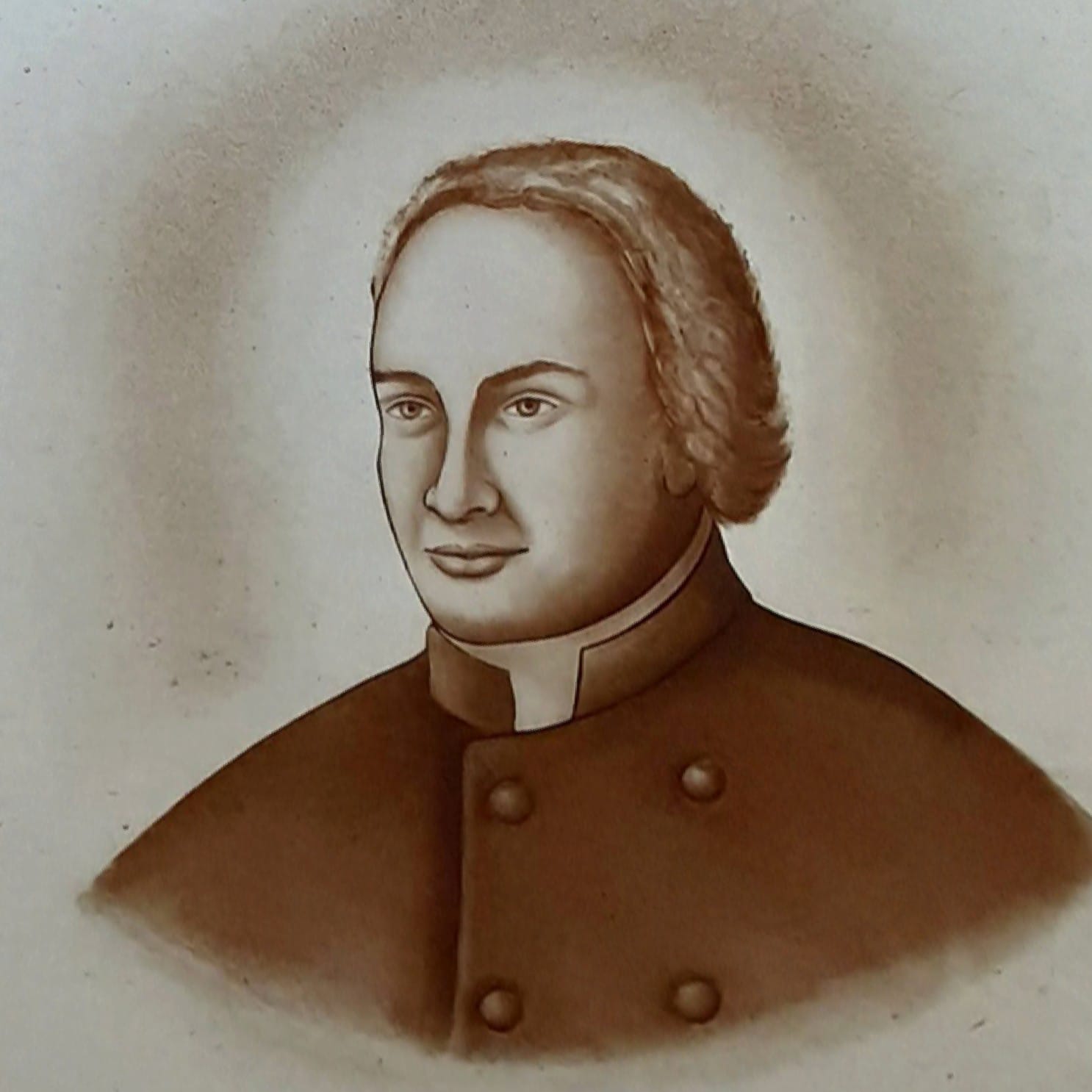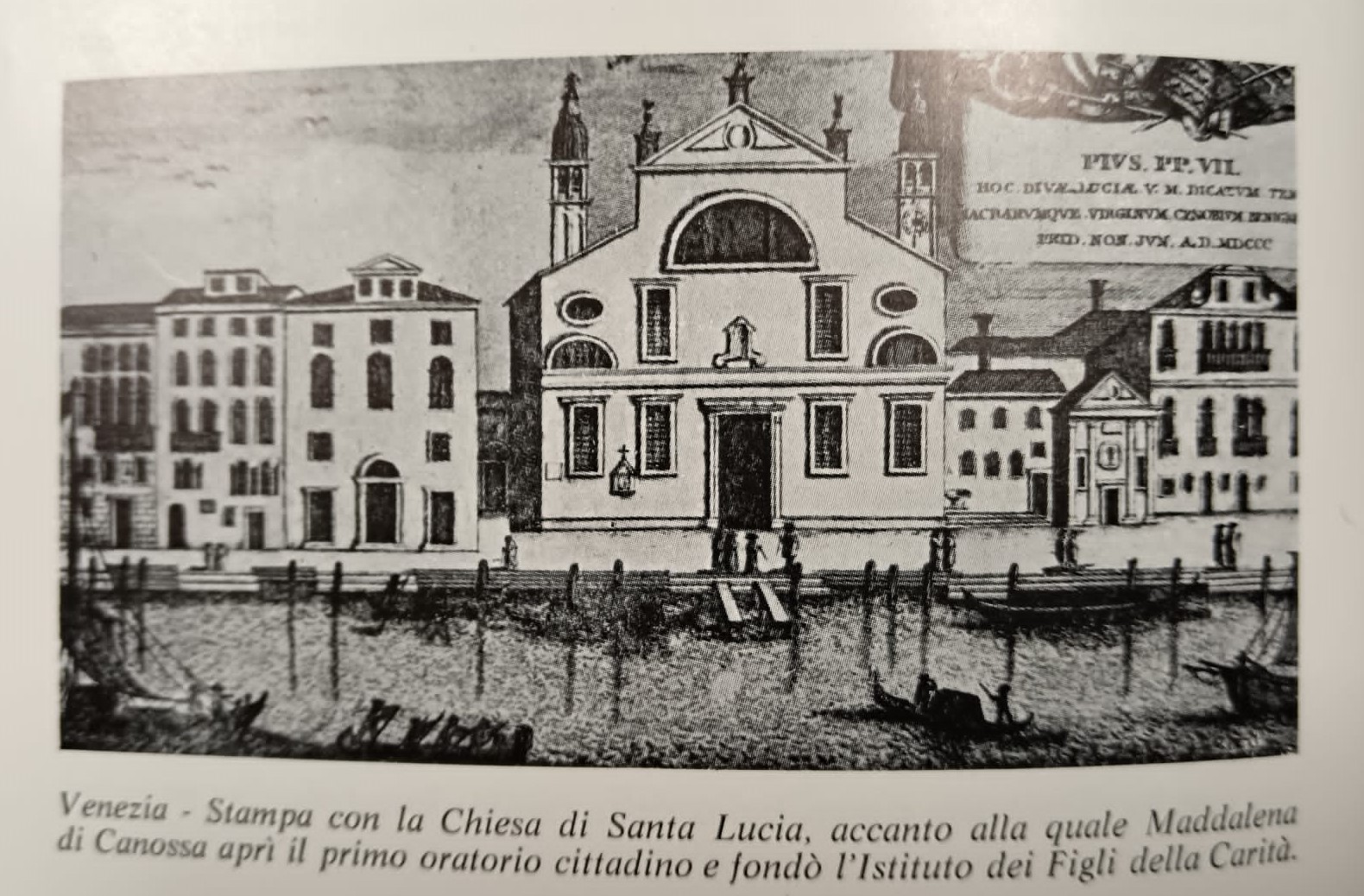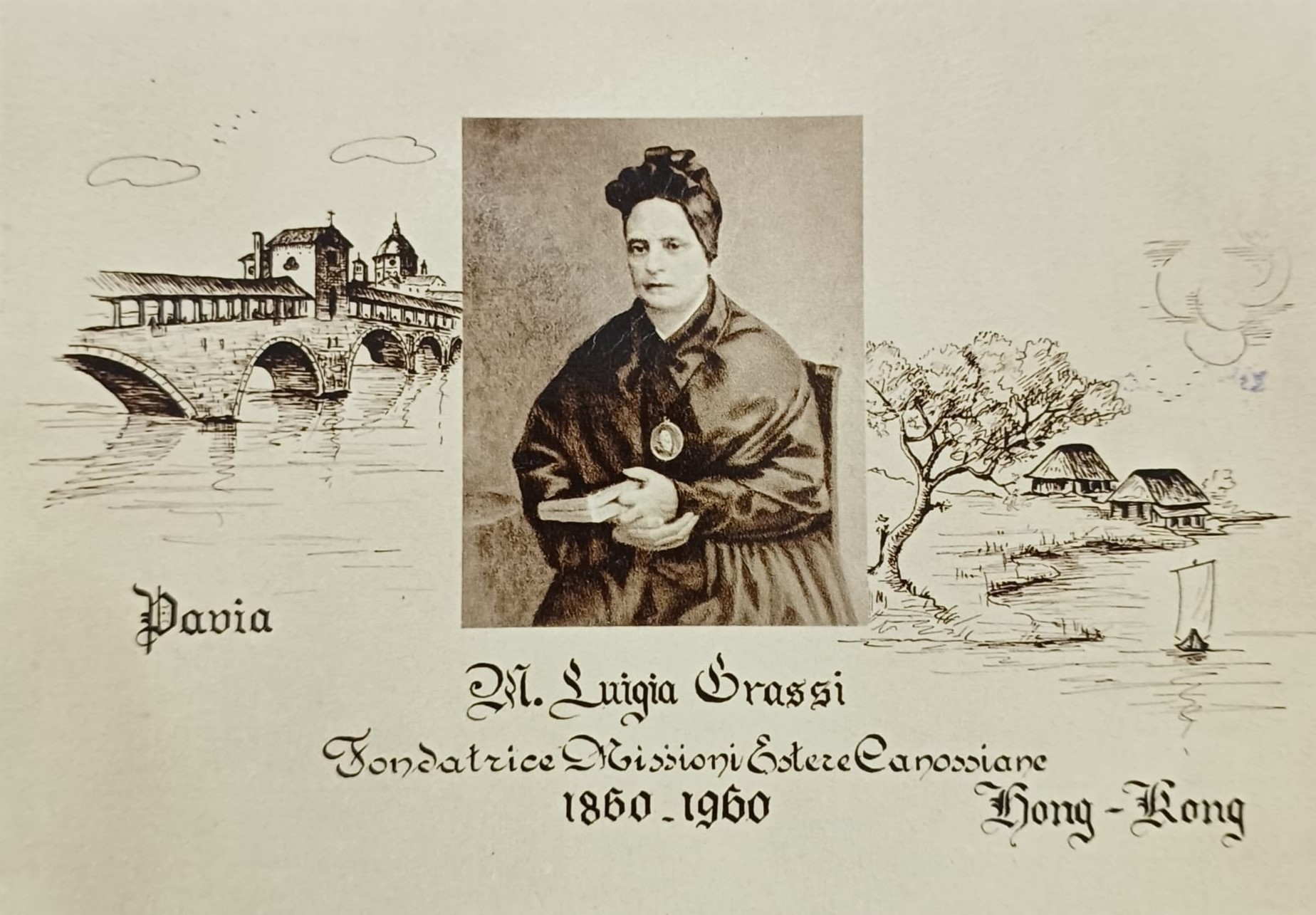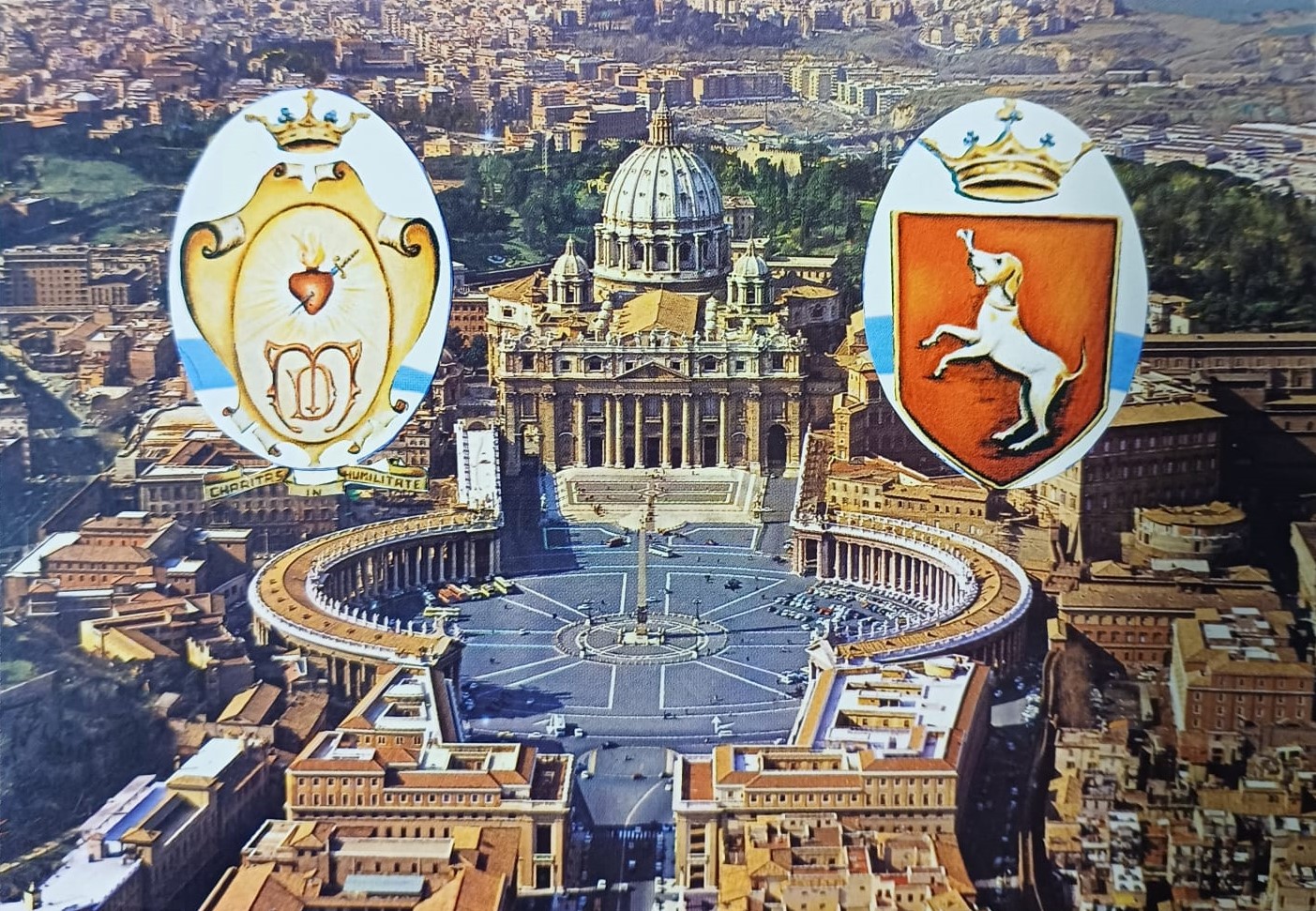
“Above all, make Jesus known”
Who is Magdalene of Canossa?
Magdalene was born 250 years ago, in 1774, in Verona, a city full of tensions and conflict.
In 1808, a young noble lady, after recovering from a serious illness and overcoming her family’s resistance, definitively left the Canossa palace and moved to the poorest neighbourhood of her city to take care of the poorest. Between 1819 and 1820, Magdalene established the Daughters of Charity. She died in Verona on10th April 1835. In 1941, Pius XII announced her Beatification and in 1988, John Paul II proclaimed her as a Saint.
Her mission…
To begin what she internally recognized as the dream that God had for her and that fascinated her so much: to serve the least, that is, girls, young people, women and men who are poor, sick and needy!
Her challenge…
To stand beside those who have no voice, with the same heart of Christ, giving herself freely and stripping herself of all that is superfluous.
Magdalene today…
Her charism is more alive than ever, thanks to the hands, the heart and the words of the entire great Canossian Charismatic Family, which continues to welcome with courage and enthusiasm the challenge of evangelization, education, care of those who suffer, promoting life, faith, peace and fraternity, authentic mission challenges even today.
the phases of her journey
1774
Magdalene was born in Verona, in the palace of the Marquises of Canossa, on 1st March. Great future promises and also deep sufferings marked her childhood and adolescence.
The “separation” from her father will be her cross and her school of life.
1779
The death of her father, the Marquis of Canossa: It was a great loss for the young Magdalene, who became orphaned of the father figure at such a young age.
1781
Abandoned by her mother: Magdalene’s mother, Marques Teresa Canossa Szluha, remarried the Marquis Odoardo Zenetti of Mantua and left her five children at Canossa Palace. Magdalene and her sister Laura were entrusted by their uncle Gerolamo (brother of her father Ottavio) to the French governess Francesca Marianna Capron.
1788
A mysterious illness: Maddalena, an adolescent in the flower of her youth, became gravely ill. She was able, however, to recover from the illness and overcame this great personal crisis maturing the intention to consecrate herself to God.
1791
An experience in the Cloister in Verona: Magdalene asked her uncles to withdraw for some time in the convent of the Discalced Carmelites of St. Teresa in Piazza Cittadella (Verona); after about ten months she returned to her family.
1792
Brief experience among the Carmelites in Conegliano (Treviso): Strongly attracted to the consecrated life, Magdalene returned to the monastery for a second time, but after a few days she returned to her family. However, the Love of God was her only certainty and she continued her search for His will guided by Don Luigi Libera.
1793
By order of her uncle Gerolamo and in agreement with her Spiritual Director, Magdalene took over the running of the Canossa house.
1795
Magdalene had some strong mystical experiences that would mark her personal and spiritual journey and would indicate her future mission.
1796
Refugee in Venice with her family: In Verona it was a period of strong social tension and Magdalene of Canossa, fearing the arrival of the French and wanting to protect the lives of her younger sisters and her brother Bonifacio, took refuge in Venice.
On 1st June, the French troops entered Verona.

1808
Magdalene began to realize her dream and on 8th May the Institute of the Daughters of Charity was born, with the opening of a school for the poor girls of Verona. For Magdalene, being among the people, offering the poor culture and faith, giving comfort and consolation in the trials of life made her desire to “make the Lord known” concrete.
1812
The second Canossian House opened in Venice on 1st August, at the request of the Count Cavanis brothers and Don Piazza, who were clamouring for the foundation of a Canossian community in the lagoon city. Magdalene thus moved from Verona to Venice. The Canossian Sisters also began their work in hospitals, to offer care and assistance to the sick.
1823
The ecclesiastical authorities approved the order of the “Secular Tertiaries” of the Daughters of Charity.
1828
Pope Leo XII, with the decree “Si nobis”, officially the Rule and Institute of the Daughters of Charity.
1831
On 23rd May, the male branch of Magdalene’s Work began in the house of Santa Lucia in Venice: the Sons of Charity were born.
1835
After a life dedicated to the poorest and the least fortunate, Magdalene’s earthly life ended in Verona. Just sixty years old, Magdalene passed away after having devoted all her strength to personally accompanying the communities of Verona, Venice, Milan, Bergamo and Trento. Her joy was to see the Work of the Lord flourish.
1860
Moved by the strength of Magdalene’s charism, the Canossian communities of Pavia and Venice look towards the East, to open new roads for the Gospel in which the Foundress believed so much.
1941
On a cold day, 7th December, a new sun arose: Magdalene of Canossa was proclaimed Blessed by Pope Pius XII.
1988
On 2nd October, Magdalene of Canossa was solemnly canonized in Rome: the holiness of her life was officially recognised.

















